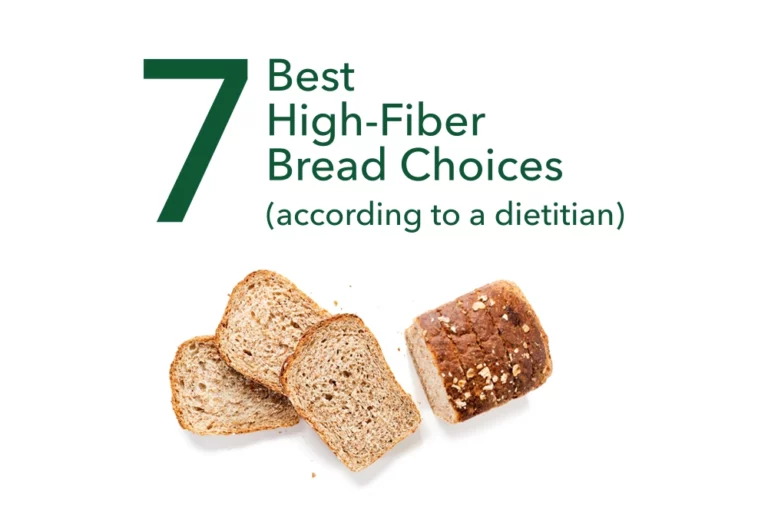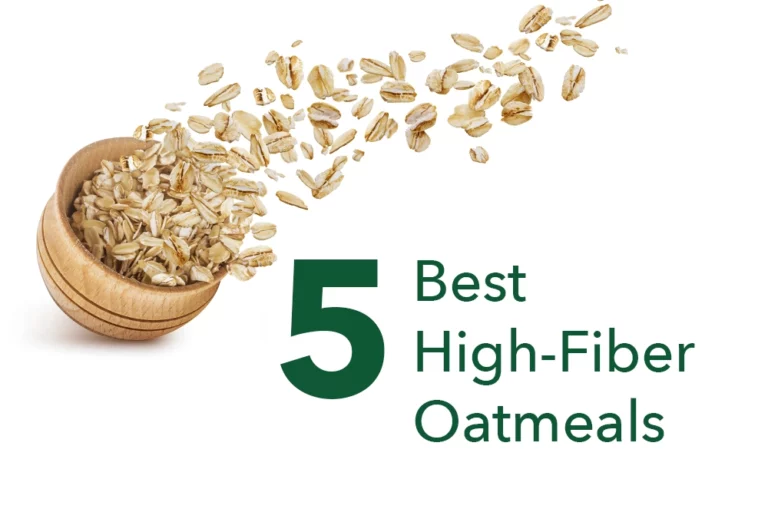How Much Protein Do Older Adults Need?
When you hear the word protein, what comes to mind?
If you’re like most people, “protein” conjures images of muscles and fitness.
But it’s not just people who are avid gym-goers that need more protein than their sedentary counterparts. Older adults need extra protein too.
Unfortunately, most older adults fail to get enough protein in their diets to ensure healthy aging.
In turn, this can lead to many unintended consequences including muscle loss, falls, fractures, and a loss of mobility.
This article explains the importance of protein for healthy aging and how much protein older adults need to promote optimal health.

What is protein?
Protein is made up of amino acids — the building blocks of life. These amino acids are joined by chemical bonds and then folded in different ways to create structures that are important to your body’s functioning.
Here are some of the different ways proteins function in the body (1):
- Enzymes. These are proteins that carry out chemical reactions in your body. For example, pepsin is a digestive enzyme that works in the stomach to break down proteins from food.
- Antibodies. These destroy foreign particles such as viruses to help fight infection and protect your body.
- Messengers. Some proteins act as hormones, which transmit signals to coordinate bodily functions.
- Structural component. These provide support to your body’s structures. Collagen, for example, is a protein that gives structure to your skin, bones, and tendons.
- Transport and storage. These proteins transport different substances such as hormones, medicines, and enzymes throughout your body.
Without adequate protein, your body can’t effectively carry out these functions.
And because the body is unable to store excess protein, it’s important to consume an adequate amount each day.
Summary
Proteins function as enzymes, antibodies, messengers, and structural components, and assist in transporting and storing substances throughout your body. You must consume enough protein each day to support these functions and maintain your health.
How much protein do older adults need?
The current recommended dietary allowance (RDA) for protein is 0.36 grams per pound (0.8 grams per kg) of body weight (1).
This recommendation translates to 54 grams of protein for a 150-pound (68-kg) person.
However, the RDA only represents the amount needed to prevent a deficiency — it says nothing about what is optimal for healthy aging.
The current evidence is clear that older adults require much more protein than the current RDA to support good health, promote recovery from illness, and maintain functionality (2, 3).
Instead, older adults should consume protein in the range of 0.45–0.55 grams per pound (1.0–1.2 grams per kg) of body weight (2).
For a 150-pound (68-kg) person this would be in the range of 68-82 grams of protein.
Those who are hospitalized or in a critical care setting may require more protein (2).
It’s also important to eat enough calories. Not doing so encourages your body to use protein for energy, which would further increase protein needs.
There’s also research to suggest it’s best to spread your protein intake into several equal doses of 25–30 grams throughout the day (2, 4).
For example, if your protein goal is 75 grams, aim to have three equally spaced meals, each consisting of 25 grams of protein.
Summary
The current recommendation for protein is 0.36 grams per pound (0.8 grams per kg) of body weight. However, research suggests a more optimal amount for older adults is in the range of 0.45–0.55 grams per pound (1.0–1.2 grams per kg) of body weight.
Why older adults need more protein
Older adults require more protein than their younger counterparts due to overcome anabolic resistance, prevent muscle loss, and recover from illness or injury (5).
To overcome anabolic resistance
Consuming a protein-rich meal increases muscle protein synthesis, the process by which the new protein can be incorporated into the muscle.
However, this muscle-stimulating response to protein is blunted in older adults.
This means to get the same muscle-stimulating response, older adults need to consume more protein than their younger counterparts — both at meals and each day.
The reduced ability of older adults to utilize protein is known as anabolic resistance (10, 11).
Older adults are also more resistant to the anabolic — or muscle-stimulating — effects of resistance training.
To prevent muscle loss
Your body slowly loses its ability to build muscle and increase strength with age (6, 7).
Studies suggest that you lose approximately 5% of muscle mass per decade starting in your late twenties (8, 9).
This process of progressive muscle loss and function with age is known as sarcopenia, which is in part due to anabolic resistance.
Sarcopenia increases the risk of falls and fractures and leads to a decline in mobility and independence.
The best way to combat sarcopenia is to weight train regularly and consume more protein.
To recover from illnesses or injury
Disease and injury are not discriminatory, they can occur at any age. But they tend to be more prevalent among older adults (10, 11).
Unfortunately, many healthy older adults fail to eat enough protein, but this situation is worsened when disease or injury strikes.
When this happens, older people tend to recover from illness more slowly, have more complications, and experience more hospital stays (12, 13).
Therefore, it’s important that older adults increase both their protein and calorie intake during times of illness or injury.
Doing so has been shown to improve bone health, heart function, wound healing, and recovery from illness (14).
Summary
Older adults require more protein than their younger counterparts to overcome anabolic resistance, reduce muscle loss, and recover from illnesses.
Ways to boost protein intake
Protein is essential to life. Therefore, it’s found in almost everything you eat.
The best sources of protein are animal products such as meat, poultry, fish, eggs, and most dairy products.
These sources tend to be more easily digested and absorbed than plant-based proteins since they contain all the amino acids that the body needs in the appropriate amounts (15).
However, many plant-based foods like beans, peas, nuts, and seeds are still good sources of protein and provide other beneficial nutrients like fiber.
Here’s a look at the protein content of various foods (16):
- Ground sirloin: 24 grams per 3 ounces (85 grams)
- Tofu: 20 grams per 1/2 cup (113 grams)
- Tuna: 20 grams per 3 ounces (85 grams)
- Pork tenderloin: 18 grams per 3 ounces (85 grams)
- Chicken breast: 13 grams per 3 ounces (85 grams)
- Cottage cheese: 13 grams per 1/2 cup (113 grams)
- Soy milk: 11 grams per 1/2 cup (120 mL)
- Milk: 8 grams per cup (240 mL)
- Peanut butter: 8 grams per 2 tbsp (28 grams)
- Yogurt: 8 grams per 6 ounces (184 grams)
- Egg: 6 grams per 1 egg
These protein-rich foods contain different nutrients such as vitamins and minerals that others may not have, so it’s best to consume a variety of protein-rich foods — not just one or two.
Unfortunately, it can be difficult for seniors to eat enough protein each day, especially for those who have a poor appetite.
Appetite tends to decline with age due to changes in the digestive system, hormones, and senses (17).
Other factors that can decrease appetite in the elderly include the use of certain medications, difficulting chewing or swallowing, and environmental factors, such as living in a nursing home or assisted living.
In these instances, protein powder supplements can be a convenient and cost-effective way to boost protein intake.
A basic whey protein powder supplement is the best choice for most people, unless you have an allergy or intolerance to dairy or you avoid dairy for a different reason.
Pre-mixed protein drinks like Ensure or Boost are another option but they are more expensive.
You can also make your own high-protein shakes and smoothies.
Summary
Dairy, meats, poultry, and seafood tend to be the highest-quality protein sources but you can also get protein from beans, peas, seeds, and nuts. Protein powders or pre-mixed protein drinks are a great way to supplement the protein you get from your diet, especially if you have a poor appetite.
The bottom line
The current recommendation for protein is insufficient to optimize the health of older adults.
Too little protein leads to an increased risk of sarcopenia (muscle wasting), osteoporosis, and a weakened immune system.
Older adults should consume protein in the range of 0.45–0.55 grams per pound (1.0–1.2 grams per kg) of body weight daily.
This protein should be equally distributed throughout the day in 25–30 gram doses to optimize the beneficial effects of protein for healthy aging.
You can get protein from both animal- and plant-based foods as well as from protein powders or pre-mixed protein drinks.






